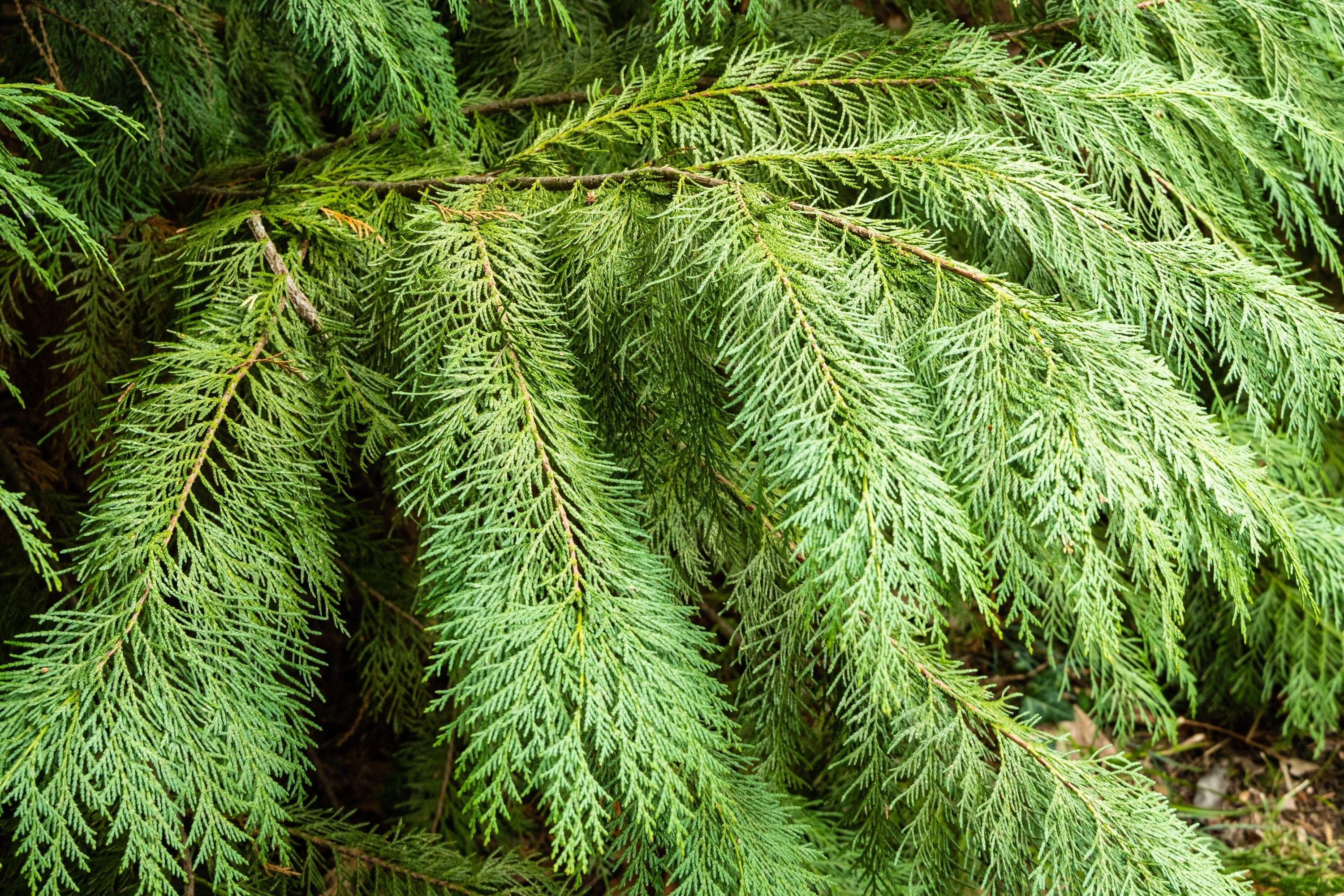Lawson cypress
(Chamaecyparis lawsoniana)

Description
Chamaecyparis lawsoniana, commonly known as Lawson cypress, is a species of evergreen coniferous tree that is native to North America, specifically the Pacific Northwest region of the United States. This species is named after Scottish botanist and collector, Peter Lawson. In this article, we will delve deeper into the characteristics of Chamaecyparis lawsoniana, its growth requirements, and its uses in various settings. Taxonomy and Nomenclature Chamaecyparis lawsoniana is a member of the Cupressaceae family, which includes other coniferous species such as cedars and junipers. It was first described by John Muir in 1885 and later named by Asa Gray in honor of Peter Lawson. The species name 'lawsoniana' translates to "of Lawson" in reference to Peter Lawson. Description Chamaecyparis lawsoniana is a slow-growing tree that can reach a height of up to 70 feet (21 meters) and a width of up to 25 feet (7.6 meters). It has a conical shape when young, becoming more cylindrical as it matures. The tree has a narrow trunk with a diameter of up to 3 feet (0.91 meters) and reddish-brown bark that peels off in strips. The leaves of Chamaecyparis lawsoniana are scale-like and tightly arranged in opposite pairs along the stem. The foliage is a dark green color and has a pleasant, spicy aroma when crushed. Varieties There are several varieties of Chamaecyparis lawsoniana, each with unique characteristics. Here are some of the most popular varieties: 'Ellwoodii': This variety has a dense, conical shape and features blue-green foliage that turns purple in cold weather. 'Golden Wonder': This variety has bright yellow foliage that turns a darker gold in the winter. 'Alumigold': This variety has a conical shape and features bright yellow foliage. 'Wisselii': This variety has a compact, conical shape and features blue-green foliage that turns bronze in winter. Growth Requirements Chamaecyparis lawsoniana grows best in cool, moist climates with well-draining soil. It prefers full sun to partial shade and requires regular watering, especially during the first few years of growth. The tree is susceptible to drought and should be watered deeply and infrequently during periods of low rainfall. Propagation Chamaecyparis lawsoniana can be propagated by seed or cuttings. Seeds should be collected in the fall and stored in a cool, dry place until spring. They should then be sown in a well-draining soil mix and kept moist until germination occurs. Cuttings should be taken in the summer and treated with rooting hormone before being planted in a well-draining soil mix. Uses Chamaecyparis lawsoniana is commonly used as an ornamental tree in landscaping. Its attractive foliage and shape make it a popular choice for hedges, windbreaks, and privacy screens. The wood of Chamaecyparis lawsoniana is lightweight, durable, and has a pleasant aroma, making it a popular choice for furniture and decorative items. Pests and Diseases Chamaecyparis lawsoniana is susceptible to several pests and diseases, including: Cypress canker: A fungal disease that causes branch dieback and can eventually kill the tree. Seiridium canker: Another fungal disease that causes branch dieback and cankers on the bark. Cypress tip moth: A pest that feeds on the tips of branches, causing them to die back.
Taxonomic tree:







